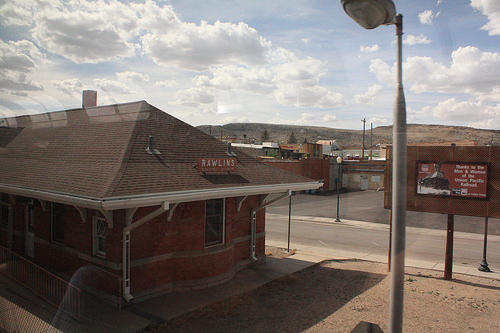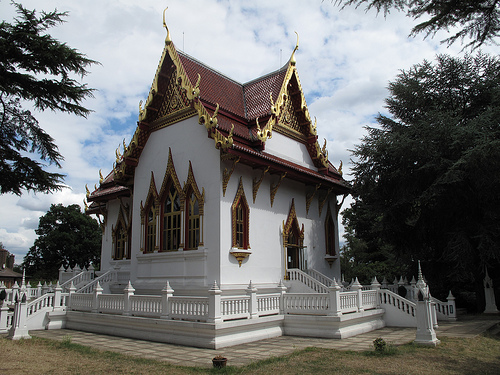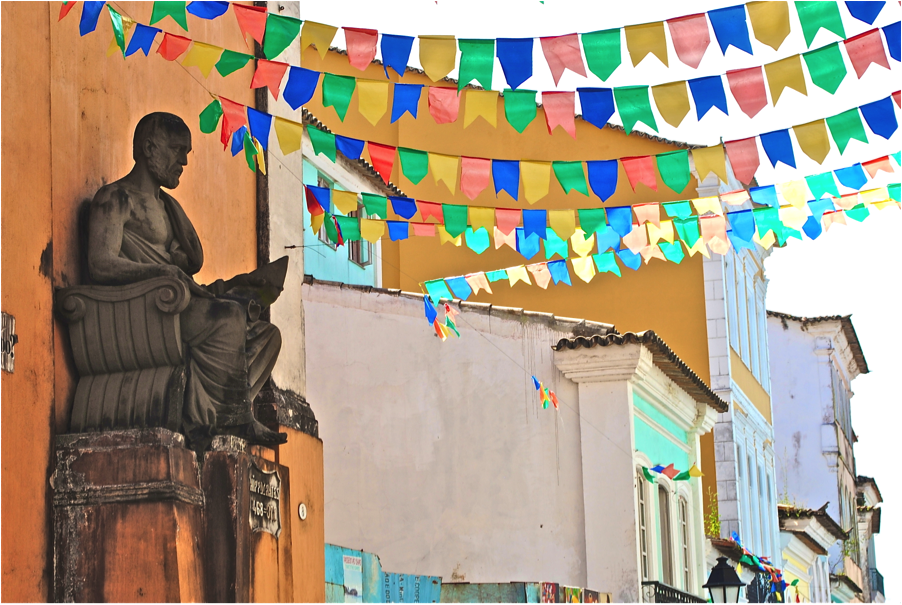By CHRIS KELSEY

Often, Jim left for work at 5:30 am. I’d hear the old Volvo growl to life, struggle into the snowy lane, and twitter and squeal as it slowly picked up speed on the icy street going away.
By CHRIS KELSEY

Often, Jim left for work at 5:30 am. I’d hear the old Volvo growl to life, struggle into the snowy lane, and twitter and squeal as it slowly picked up speed on the icy street going away.

Today we’re delighted to feature this close-up of a gorgeous recent acquisition by the Mead Art Museum at Amherst College.
Made in Italy of Carrara marble in the third quarter of the 2nd century CE, this ancient Roman sarcophagus features sea nymphs riding on the backs of sea centaurs while cupids fly overhead. It has “exceptional visual impact,” says Pamela Russell, the Mead’s head of education, “due to its impressive scale, lively marine subject, and pleasing symmetrical composition.”
By KURT CASWELL

After the wind, a man named Chuck died lying on the ice next to the fuel pump at the Phillips 66 off I-80 on the east side of Rawlins, Wyoming. I helped his friend lift him down from the passenger seat of the pickup, a big man, heavy and round, dressed in heavy Carhart work clothes against the cold. I gentled his head against my chest, holding him under the arms, a rag doll pulled down in the middle, my cheek so close to his, his little moustache, his hairy ears, his jowly neck. He was already dead, no pulse, no breath, his eyes gone out, but the 911 operator asked us to begin chest compressions.
By ANIKA GUPTA

A year ago, a girl my age was raped in New Delhi. Several days later she died of her injuries in a hospital in Singapore. Her intestines were so badly mangled she would have required a transplant to live. If she had lived, she would never have eaten without the aid of a tube.

The moment I succumbed to life in the suburbs for the duration of our two-year stay, my husband’s employers offered us an apartment in the middle of Salvador. We promptly packed our twelve suitcases and moved to Barra, a neighborhood on the peninsula between the Bay of All Saints and the Atlantic Ocean. Again, the steep hills and winding sidewalks dotted by sprawling almond trees evoked in me an eerie familiarity. The main bedroom’s built-in wooden closet smelled musty, old-world, and opening its doors never failed to conjure up my grandmother.

SE
O 28th and Ankeny!
I heart your
ankle lace-up
booties
and piecey
top knot

Sundays, my parents would pin
their names to dress clothes.
The labelmaker’s impressions formed
letters unevenly, and at the end

What I notice immediately—after the stifling heat, the humidity that fogs glass, the stray dogs—are the temples. They are part of the Thai landscape, like the rubber trees, the wild green jungles, the red mountains of the north. Each temple is unlike the other, constructed by the community’s money and faith and devotion. According to a count done in 2004, there are well over 40,000 Buddhist temples in Thailand, 40,000 temples in a country that can fit into Texas.
Join us at The High Horse to celebrate the launch of The Common Issue 06 with a night of games and trivia about locations and languages featured in the issue. Compete in groups to win epic prizes! All are welcome!

My family and I recently relocated to Brazil, the motherland I left over twenty years ago. Our reasons for moving were whimsical, devised in the middle of a torturous Wisconsin winter: the lure of adventure, the tropical climate and, our one practical excuse, the opportunity for my husband and daughter to master Portuguese – a language I considered my own.